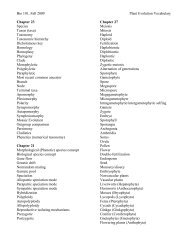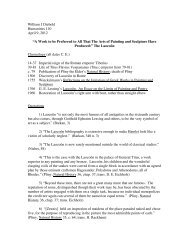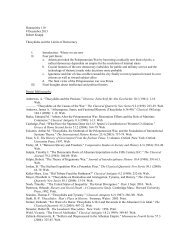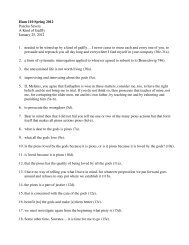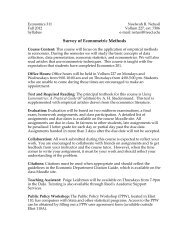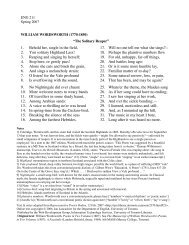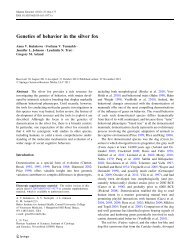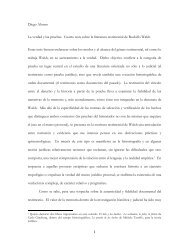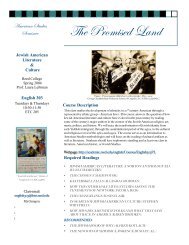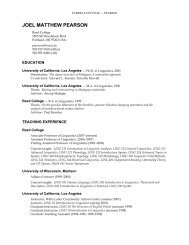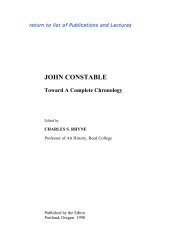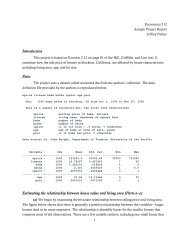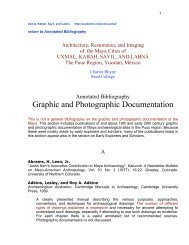REED COLLEGE SCIENCE OUTREACH PROPERTIES OF MATTER
REED COLLEGE SCIENCE OUTREACH PROPERTIES OF MATTER
REED COLLEGE SCIENCE OUTREACH PROPERTIES OF MATTER
You also want an ePaper? Increase the reach of your titles
YUMPU automatically turns print PDFs into web optimized ePapers that Google loves.
14<br />
Lesson Three- Exploring Electricity<br />
Objectives<br />
o Students will learn that the flow of electrons is responsible for electricity.<br />
o Students will learn that certain types of matter are better conductors of<br />
electricity than others.<br />
Lesson Background- Electricity<br />
This week, students will review the parts of an atom and learn that the flow of electrons<br />
is responsible for electricity, which powers the electronic devices we use everyday.<br />
They will be introduced to the concepts of electricity, circuits, and voltage by building<br />
batteries with four different types of fruit and using the circuits to power LEDs. They<br />
will also review the scientific method and develop their quantitative skills by recording<br />
the voltages produced by each type of fruit in a table of results. This week, students<br />
should learn that<br />
o An electron is a basic component of every atom that is responsible for creating<br />
current.<br />
o Current is the flow of electrons through a material.<br />
o Voltage is a measure of how strongly electrons are being pushed through a<br />
material (in general, increasing voltage will produce a stronger current, just like<br />
increasing the pressure in a hose will force more water through the hose).<br />
o Resistance is a measure of how tightly a material holds its electrons (if a<br />
material has a higher resistance, then it is harder for current to flow through it,<br />
similar to how a kink in a hose makes it harder for water to flow through it).<br />
o A circuit is a path through which electrons can flow.<br />
Week Two Activity overview<br />
Today, students will build batteries using fruit, use their batteries to power LEDs, and<br />
determine which of four fruits makes the most effective battery.<br />
Materials<br />
o Fruit, roughly equivalent in size:<br />
either lemons, apples, oranges,<br />
or tomatoes<br />
o Copper nails (~1.5” in length)<br />
o Galvanized zinc nails (~1.5” in<br />
length)<br />
o Small red LED with ~2” leads<br />
o 9 alligator clip connectors<br />
o Voltmeter with alligator clip<br />
probes



